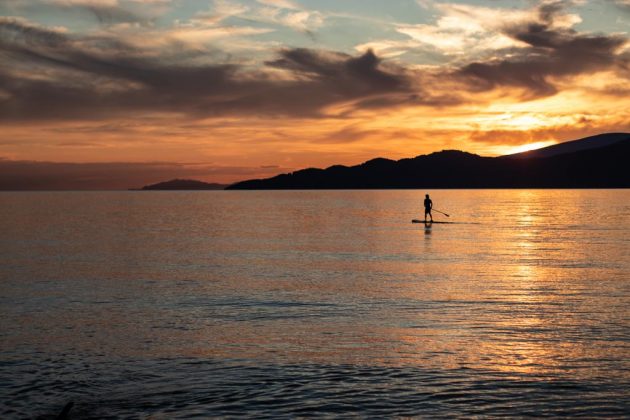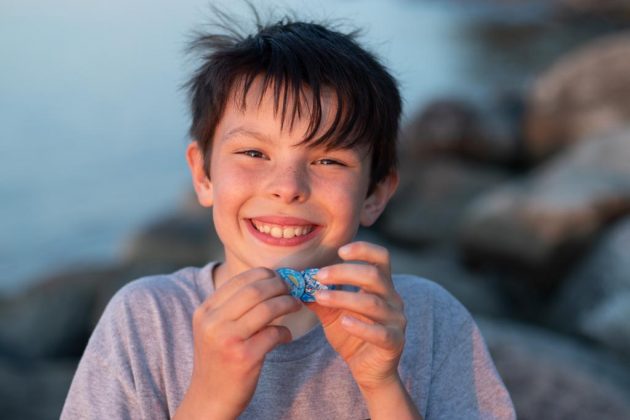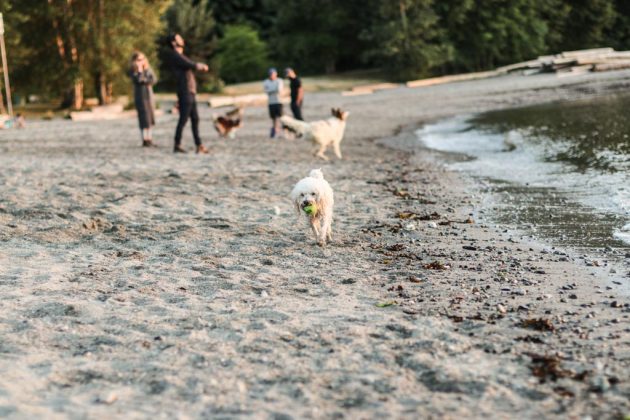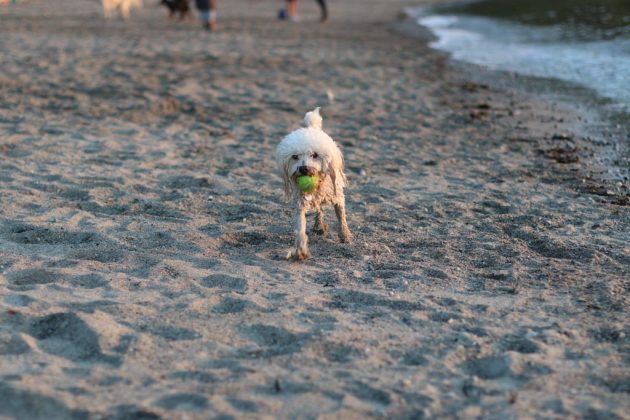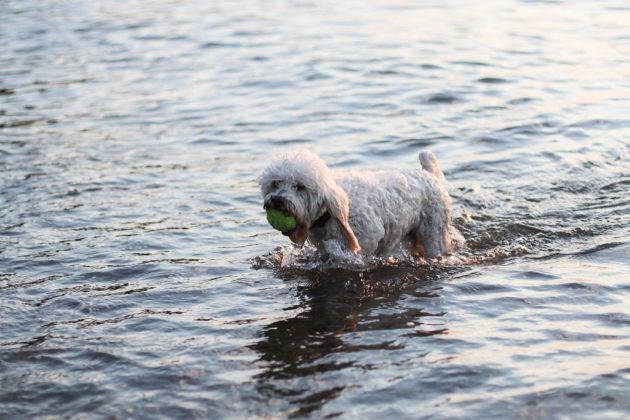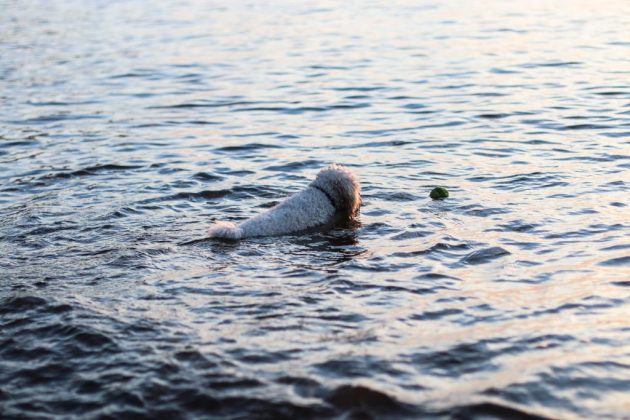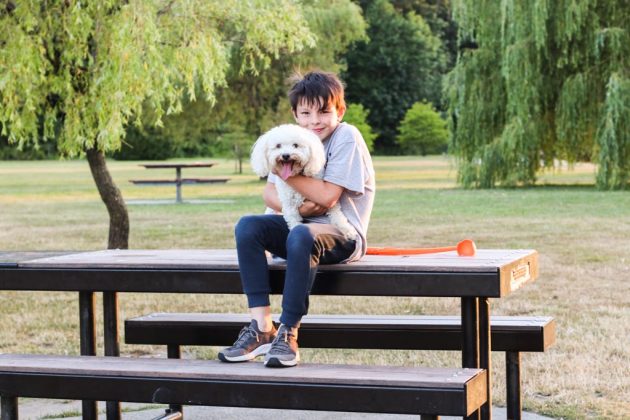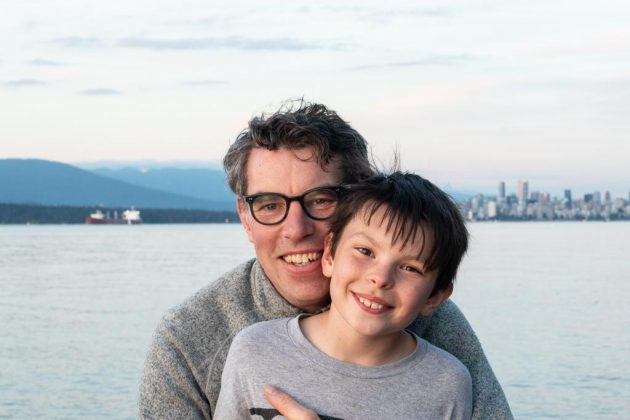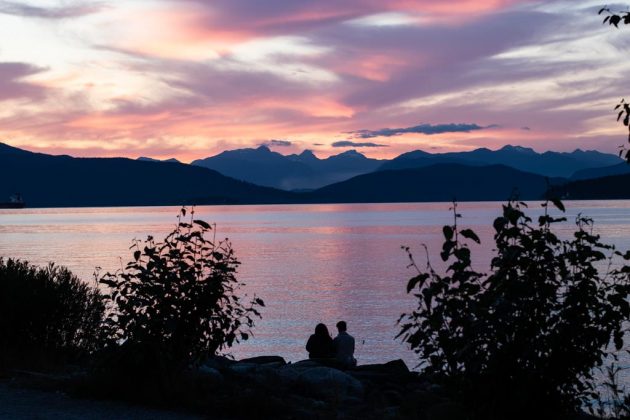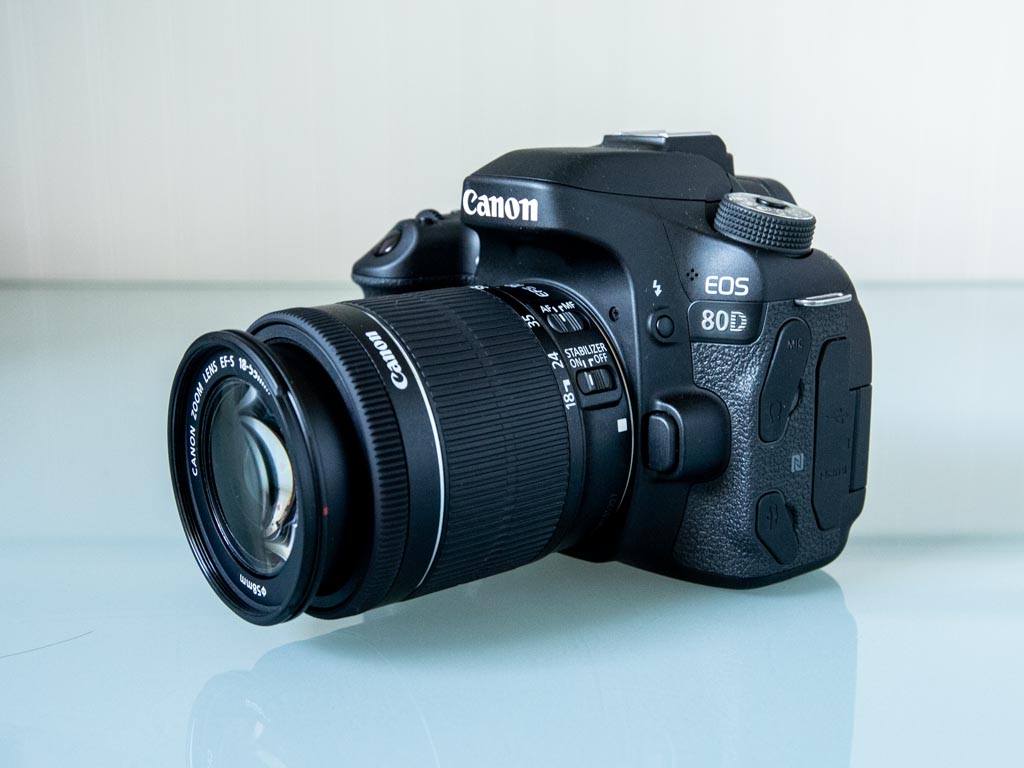
[Editor’s note: this review was made possible with the support of our partners at Ultimaxx that provided the Nikon Cameras to us for this article. For more details about Ultimaxx check their full assortment at Best Buy.]
The Canon EOS 80D is a DSLR camera with a 24.2 megapixel APS-C CMOS sensor. It has a maximum ISO of 16000, and is capable of shooting up to 7 frames per second. It has a built-in flash, but can also accept an external flash like the 270EX-II. It is Wi-Fi enabled which allows you to download images directly to your phone or control the camera remotely via Canon’s CameraConnect app.
The 80D is essentially an entry-level DSLR, but I’m always curious to find out if I can make an image that comes close to the quality I can get from a professional DSLR.
The 80D is a lightweight DSLR camera
My first impression when I unboxed the 80D was that it’s a pretty lightweight camera compared to something like the 5D Mark IV. In fact the body weighs just 730g, compared to the 5D Mark IV at 890g. The build quality is as good as you would expect from a Canon EOS camera, which means you can expect years of trouble-free shooting. It’s not weather-sealed, but I know from experience that Canon cameras are tough enough to withstand a little dust and rain.
Check out my recent review of the Canon EOS 5D Mark IV
One design downside I did notice however was the jog wheel on the back of the camera. It’s just not as fluid and easy to use as that of higher end models, and I occasionally had a little difficulty using it to change my settings. On the upside, I was also really pleased to notice that 80D has a touchscreen so you can actually navigate all of the menus and change all your settings using your fingers rather than the dials.
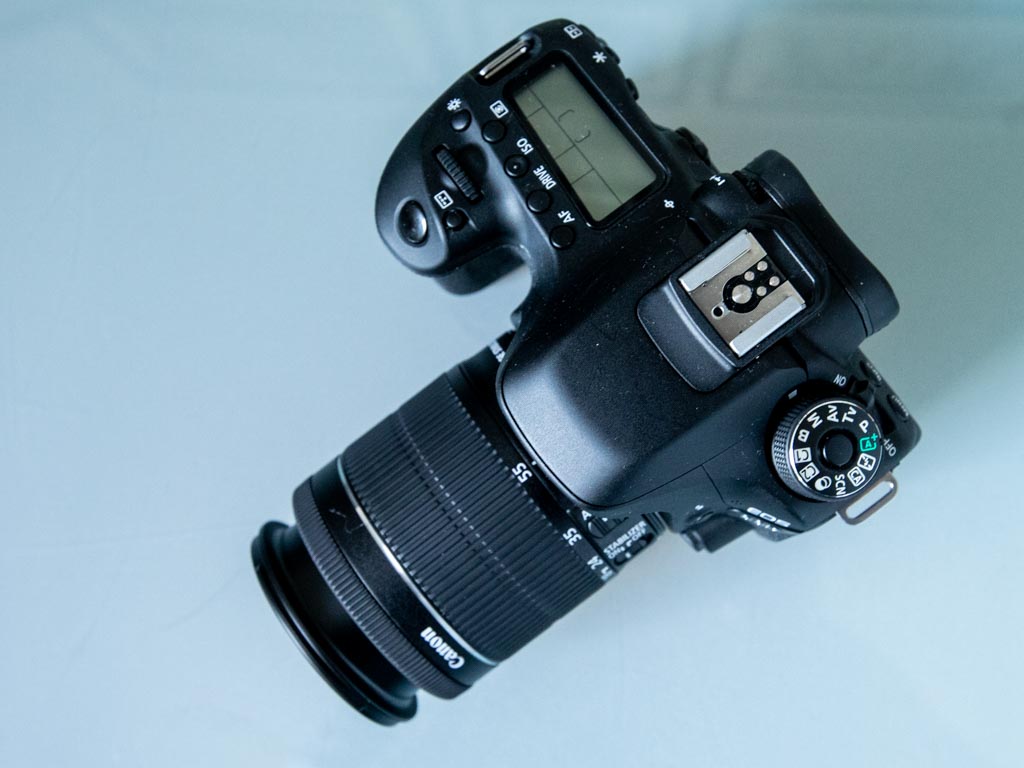
Upgrade the lens
I’m not a fan of the kit lens that is shipped with entry-level DSLR cameras. The image quality they produce generally doesn’t do justice to the camera and is a poor indicator of what the camera is actually capable of. Being a Canon shooter, I have access to a number of nice Canon lenses, and so I immediately reached for my trusty EF 50mm f/1.4.
If you are looking for a good Canon lens at a good price, be sure to check out the EF 50mm f/1.8.
The 80D DSLR camera has a flip out screen
I really like the fact that the 80D has a flip out screen which you can rotate up or down or all the way to the front. You can also close it to prevent the screen from getting scratched. If you do close the LCD screen you can of course shoot using the viewfinder. The disadvantage of using a viewfinder instead of the LCD screen when working with a DSLR is that the viewfinder does not give you an accurate review of the photo you are about to shoot. So if for example your shot is going to be under or over exposed you won’t know until after you take the shot and review it on the LCD screen.
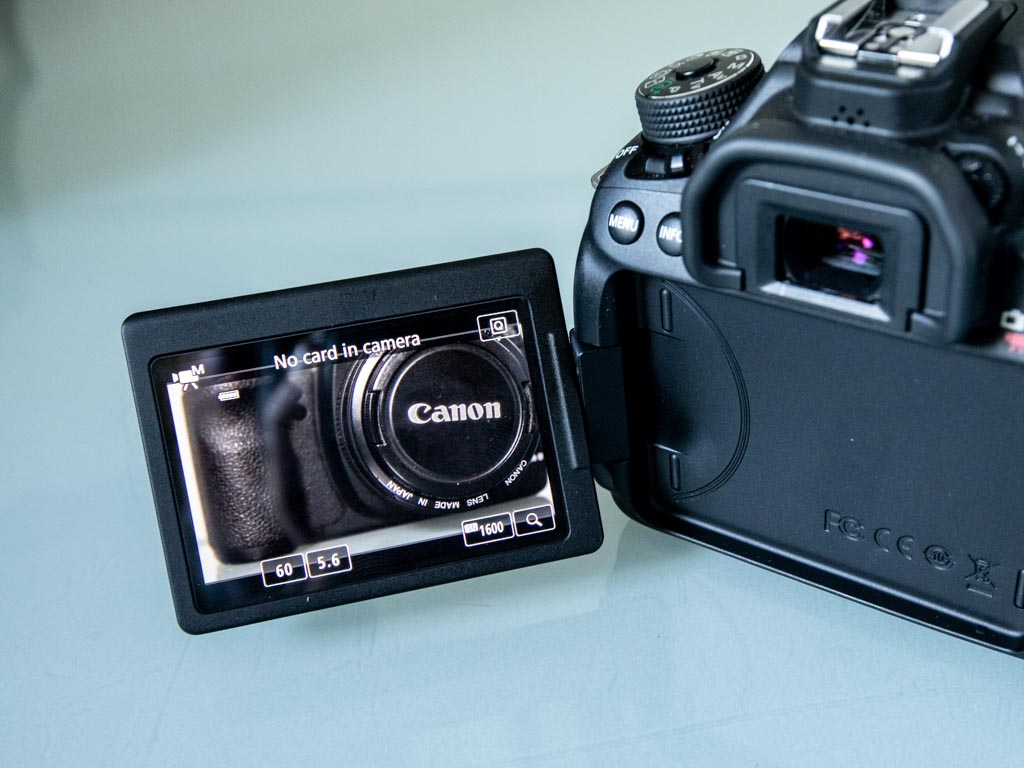
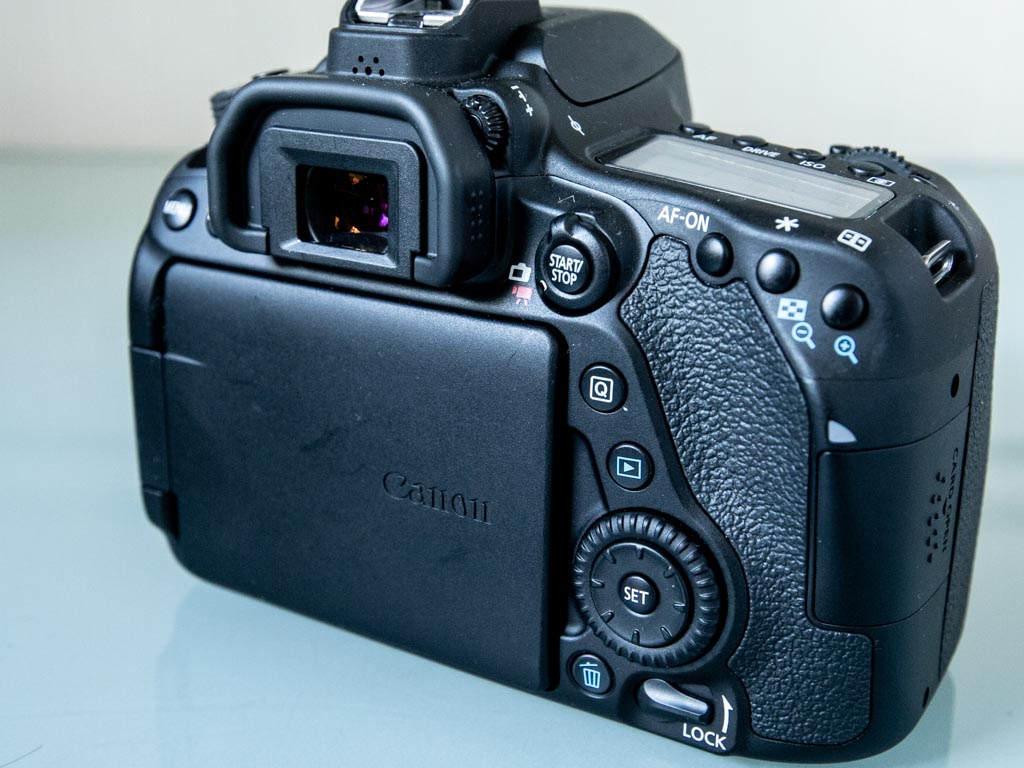
Video capabilities
The flip out screen is also a big advantage when shooting video as it allows you to swivel the screen to suit your viewing angle. That aside, the 80D is not overly impressive as a video camera. It doesn’t shoot 4K and only has a maximum frame rate of 60 frames per second. In order to shoot those really cinematic slo-mos you need a frame rate of 120fps. All that said I did shoot some video for professional purposes and found the image quality to eb perfectly acceptable.
Shooting double exposures with the 80D DSLR
One of the features of the 80D DSLR camera that I really enjoyed using was the double exposure mode. It can be a little bit tricky to figure out how to get effective results because sometimes the images will overlap nicely and sometimes that will sort of cancel each other out. The nice thing is that you can always go back and try again. You just choose you starting image and then take the shot you want to overlay on top of it.
To create the image below I took a profile photo of my son in silhouette knowing that I would get a large dark area in the middle of the image where I would be able to place the subject of my second photo. That dark, under exposed region then reveals the image I shot where he is facing the camera.
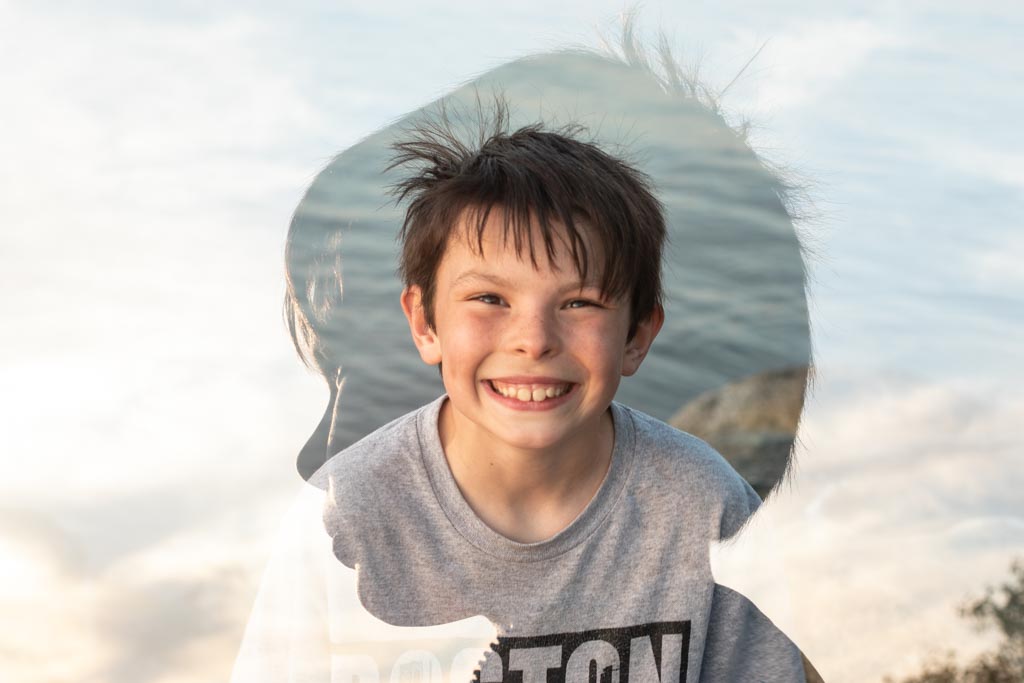
Autofocus challenge
One of the areas I was keen to explore was the autofocus performance of the 80D. I had a pretty tough challenge by using my 50mm lens at an aperture of f/2.0, which meant there was a very narrow depth of field, that area within which the image is in-focus. Luckily, I had a dog with me who was super happy to play fetch and I photographed him in continuous mode as he brought the ball back to me. The difficulty for the camera here is that it needs to keep refocusing as it is simultaneously shooting photos. Unfortunately I wasn’t able to get many in focus shots, although I did get a couple.
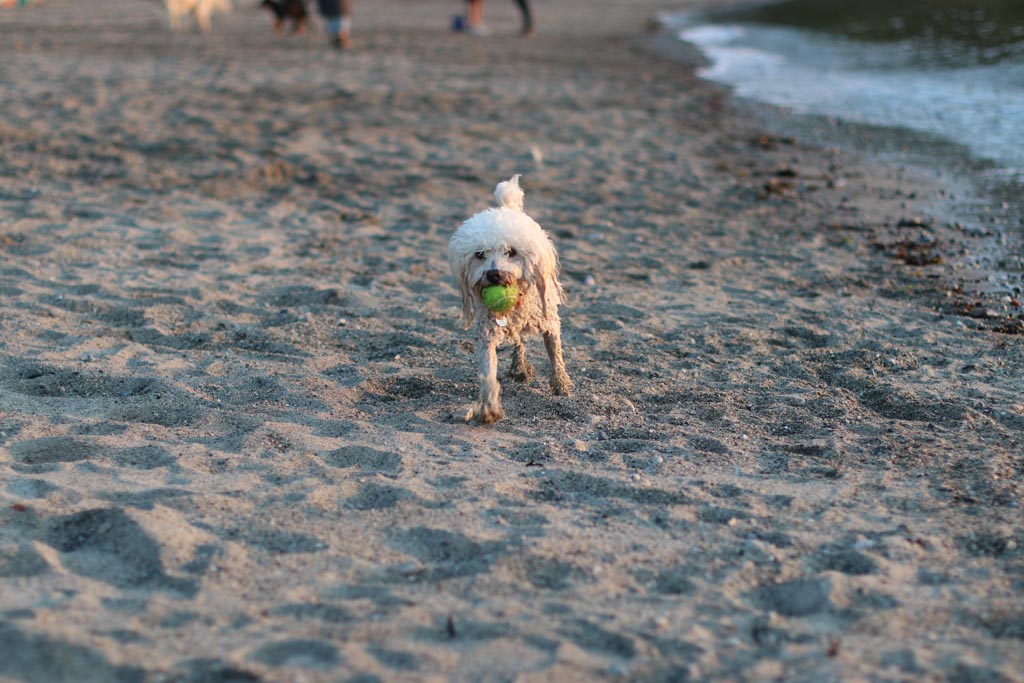
I do have to emphasize that this was a big ask for any camera, and if I wanted to get more in-focus shots I would shoot with a more narrow aperture like f/5.6 at a minimum.
High ISO performance
One of the specs on the 80D DSLR that I was keen to investigate was the high ISO performance. A maximum ISO of 16000 is really impressive, but I secretly suspected that images shot at ISO 16000 would have tonnes of digital noise and probably not be very good. I couldn’t have been more wrong. Although the photo below is not the best photo I’ve ever taken (excuse the handrail), it was taken at 9:44pm with very little available light, and while the noise is not insignificant as you can see in the cropped image, it is absolutely acceptable in my book. Sometimes you have to sacrifice a little bit of image quality to get the shot, but shooting high ISO with the 80D, the sacrifice is small.

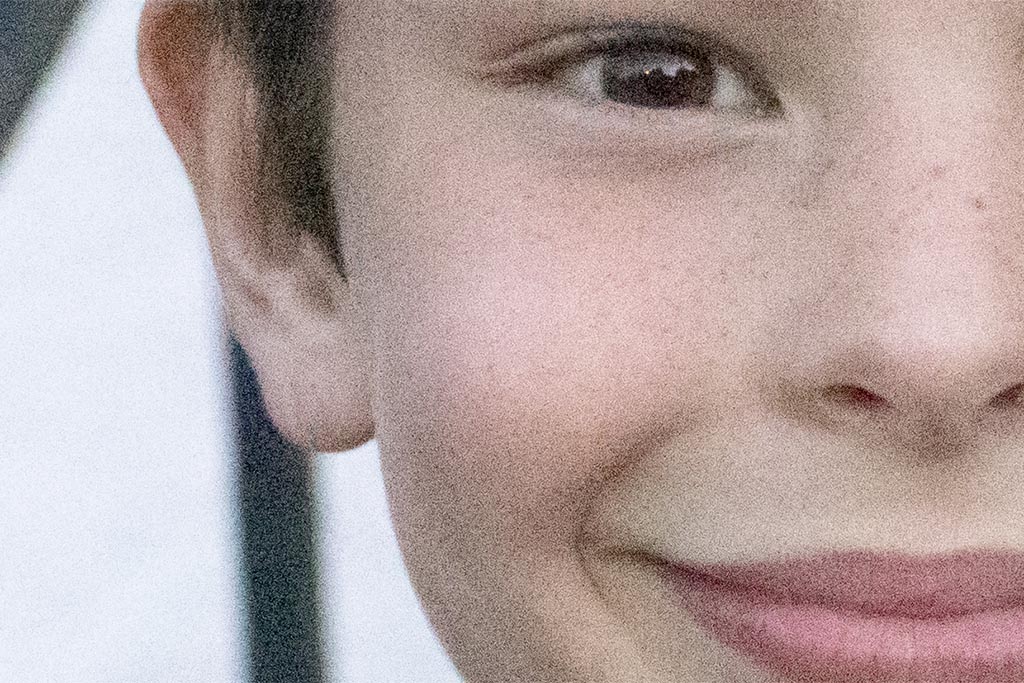
Check out some more images shot with the Canon 80D.
Conclusion
I really enjoyed shooting with the Canon EOS 80D. It has an impressive feature set and when paired with a good lens is absolutely capable of producing photographs that a professional would be proud of. The flip out touchscreen is incredibly handy, and I think that vloggers will love it.
Bottom line: an excellent camera for the serious enthusiast.

